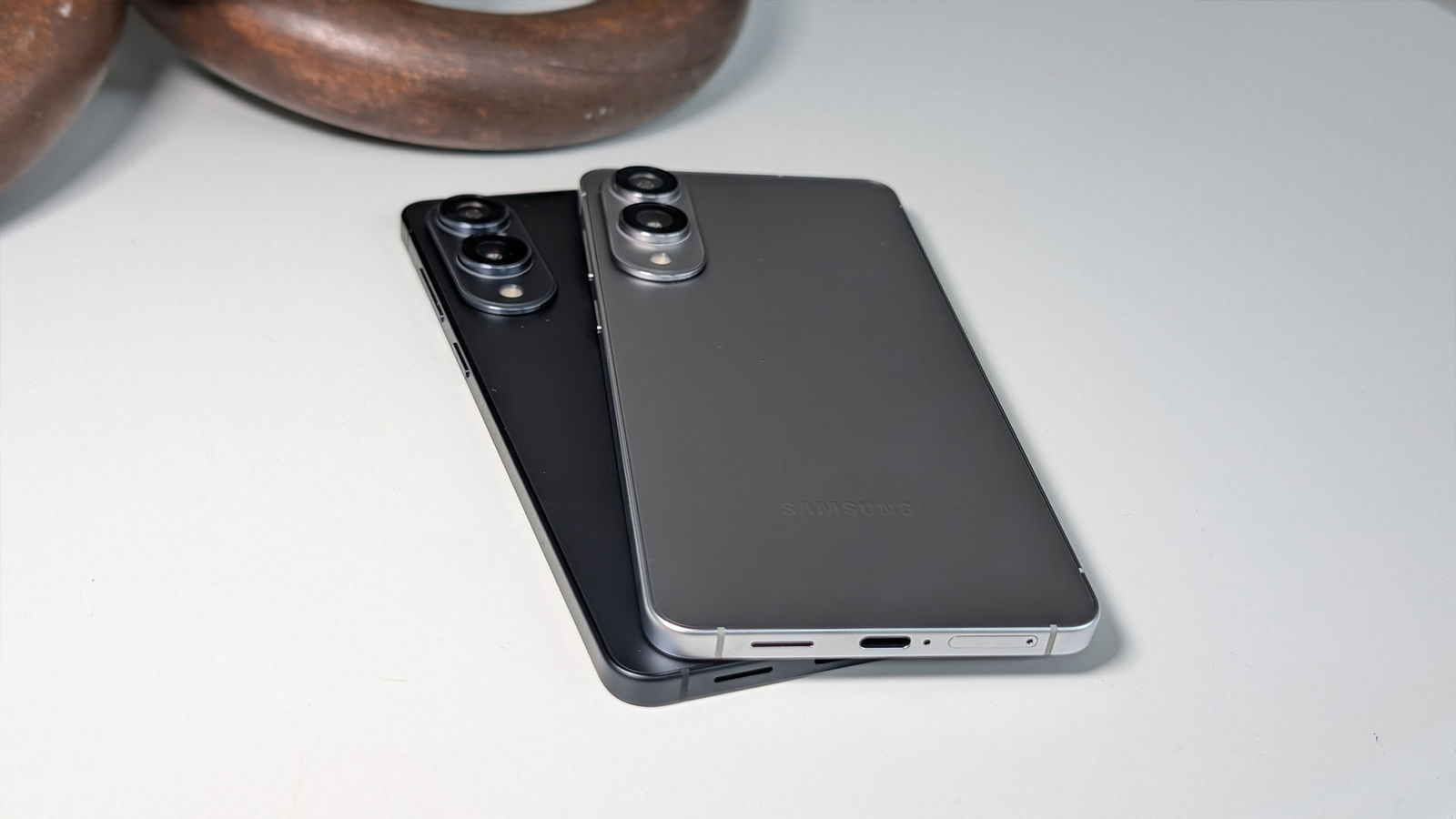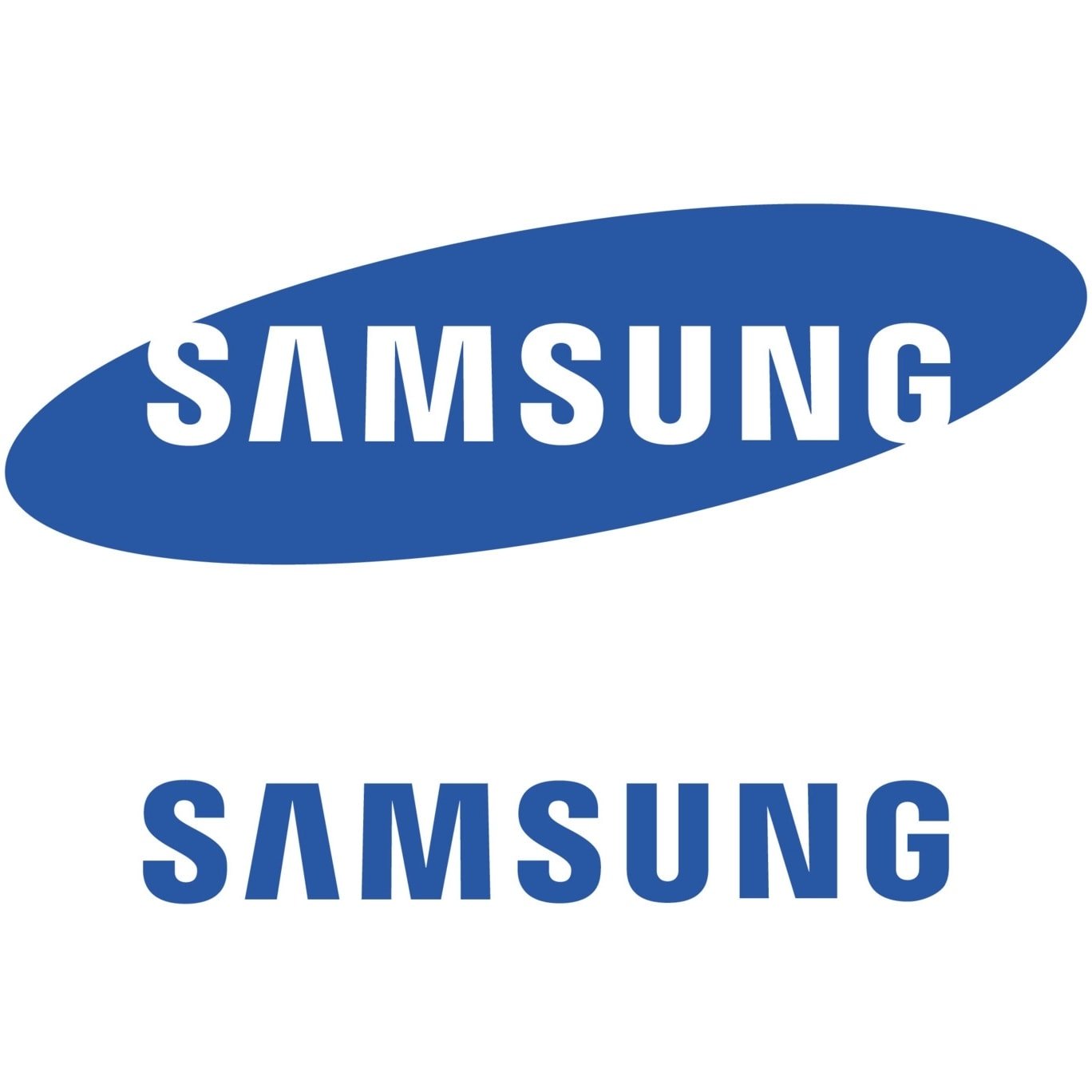When smartphone manufacturers release a “lite” version of their latest model, it’s usually a case of “same as the basic phone, but less.” Samsung, with its latest release, has chosen to do something drastically different. With a streamlined design and increased power, the Samsung Galaxy S25 Edge feels like it’s in a league all its own.
The Samsung Galaxy S25 Edge has one of the sleekest designs I’ve seen in some time. It weighs just 163 grams and measures only 5.8 mm thick. The Edge features a titanium frame, with Gorilla Glass Ceramic 2 on the front and Gorilla Glass Victus 2 on the back. It sports a 6.7-inch LTPO AMOLED display with a 120 Hz refresh rate, supports HDR10+, and offers a resolution of 1,440 x 3,120. The phone is available in Titanium Icy Blue, Titanium Silver and Titanium Jet Black.
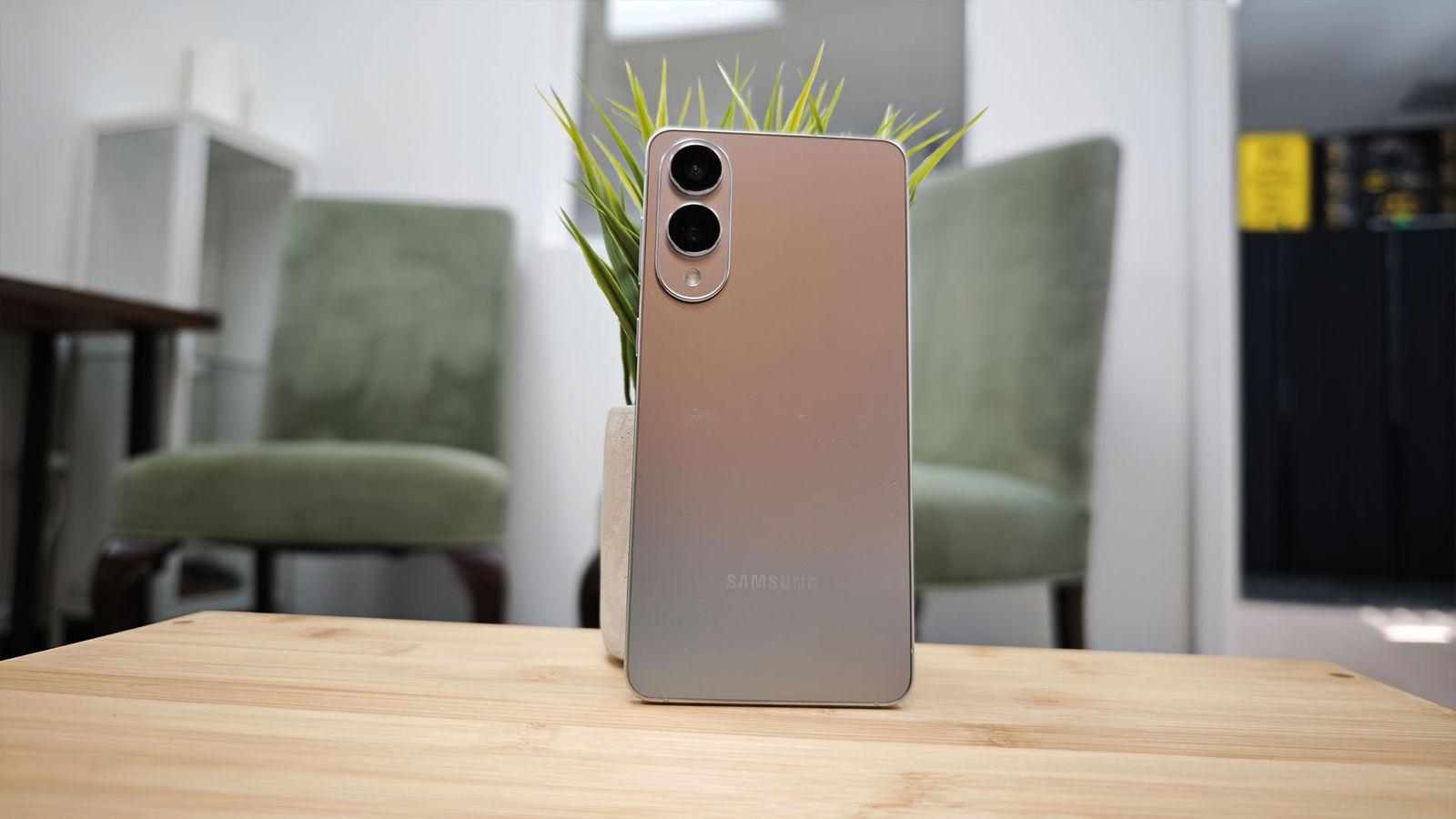
The Samsung Galaxy S25 Edge carries the same Qualcomm Snapdragon 8 Elite chipset as the rest of the S25 series, with an octa-core CPU and Adreno 830 GPU. It comes in 256 GB and 512 GB versions, both with 12 GB of RAM. The key difference is that the Edge lacks UFS (universal flash storage), which slightly slows down file transfer speeds.
“With a streamlined design and increased power, the Samsung Galaxy S25 Edge feels like it’s in a league all its own.”
The battery in the Samsung Galaxy S25 Edge is the smallest in the S25 lineup at 3,900 mAh—considerably smaller than the Plus and Ultra models. As someone who has owned the last few Ultra phones, you can really feel the loss. That’s not to say you can’t get through a full day, but with heavier use, the phone likely won’t make it without being charged during your commute or while plugged in at your desk. The 25-watt wired charging gets you up to 55 per cent in 30 minutes, while the 15-watt wireless charging naturally takes a bit longer.
Samsung cameras always tend to impress, and the Galaxy S25 Edge is no exception. This two-lens Edge model features an upgraded main camera with a 200 MP f/1.7 24 mm lens, built around a large 1/1.3-inch sensor and equipped with optical image stabilization. That’s a major improvement over the previous 50 MP f/1.8 lens with a 1/1.56-inch sensor. The S25 Edge’s ultrawide lens shares the same specs as the rest of the lineup: a 12 MP f/2.2 13 mm lens with a 1/2.55-inch sensor. What’s missing from the Edge is the third lens—a telephoto camera.

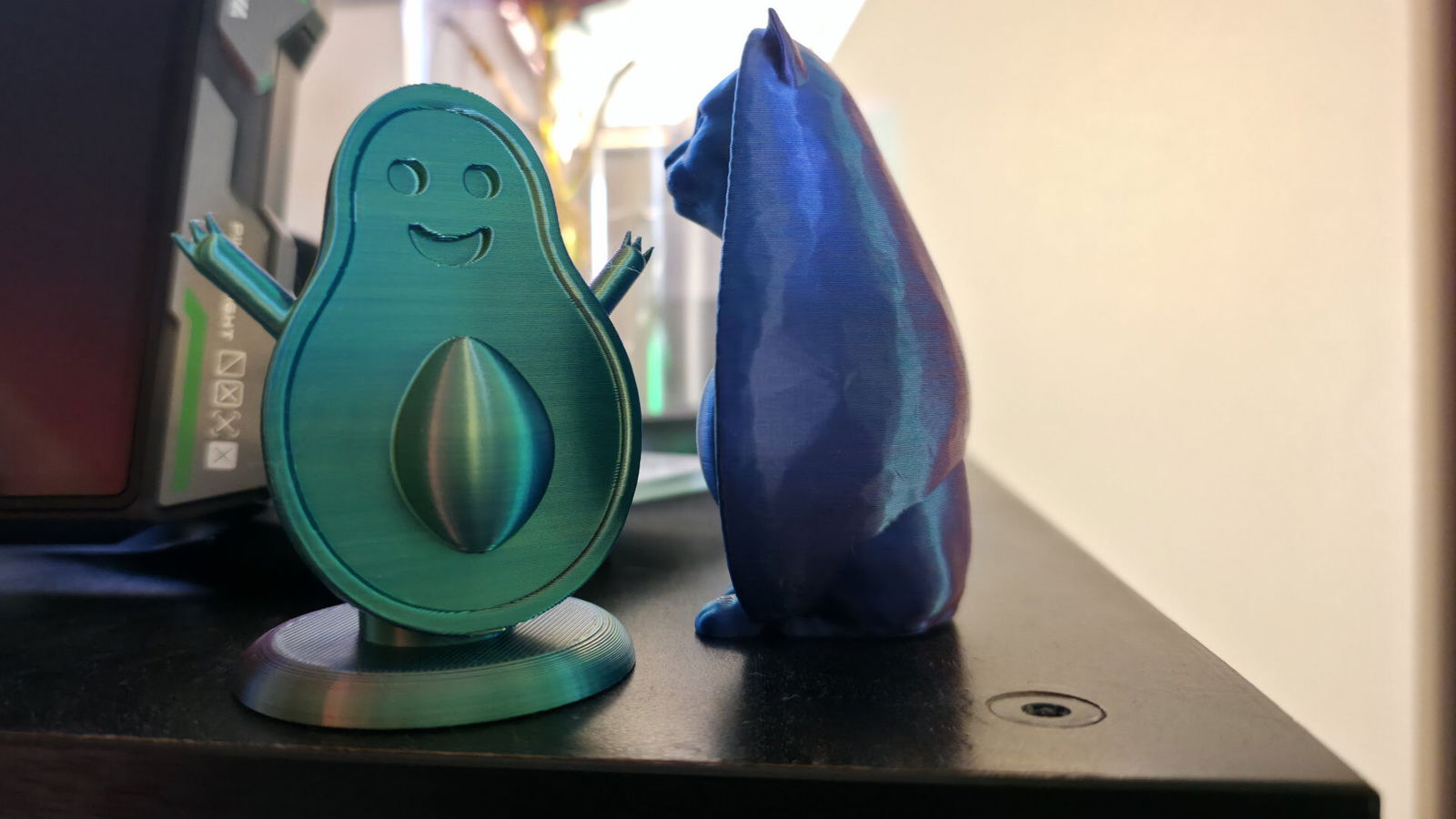
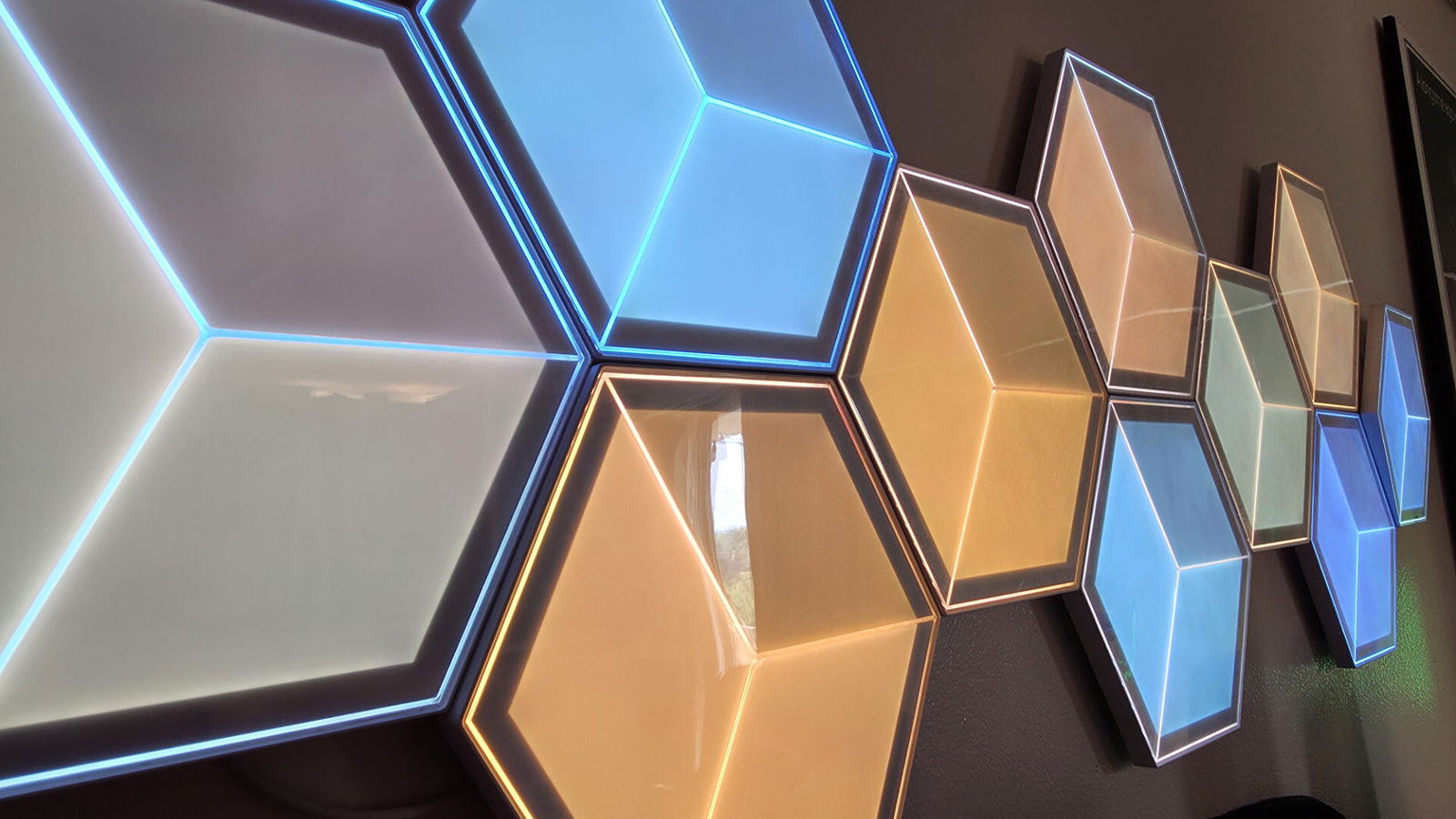
The selfie camera remains the most disappointing aspect of Samsung’s phones. It features the same lens offered since the Galaxy S23 Ultra: a 12 MP f/2.2 26 mm lens with a 1/3.2-inch sensor. It still struggles in low light and doesn’t deliver the same level of detail in photo or video. It’s unfortunate, especially considering the S22 had a bigger sensor and higher resolution. Given how often this camera gets used, you’d expect it to evolve alongside the rear lenses—but that clearly hasn’t been the case.

Video is a notable point of discussion regarding the Samsung Galaxy S25 Edge, as it features significant improvements in its capabilities. The main camera can now handle up to 8K at 30 fps, 4K at 120 fps—up from the Plus model and now in line with the Ultra—and 1080p slow-motion recording at up to 240 fps. The selfie camera remains steady, with support for up to 4K at 60 fps, and now adds 60 fps recording to 1080p video—a feature not even available on the Galaxy S25 Ultra.
“The S25 Edge offers blazing-fast app performance, even surpassing my S24 Ultra in day-to-day responsiveness.”
Would I be okay with the Galaxy S25 Edge as my main camera for vlogging in situations where you can’t bring other gear? Under the right circumstances, sure. The S25 Edge’s main camera delivers solid performance, thanks to its large sensor and reliable stabilization. I’d be just as comfortable using it as I would the S25 Ultra in these scenarios, and I might even trust it more in low-light situations. The selfie camera performs well in well-lit environments, and now you can at least match frame rates between front and rear cameras.
The Samsung Galaxy S25 Edge also has all the internal components needed for smooth gameplay. Testing on my usual titles—Genshin Impact and Real Racing 3—showed no performance issues whatsoever. That said, the smaller battery and lack of a true cooling system will limit extended gaming sessions compared to the larger S25+ or S25 Ultra. For casual gamers who stick to titles like Candy Crush or Block Blast, there should be no performance or battery-related limitations to worry about.
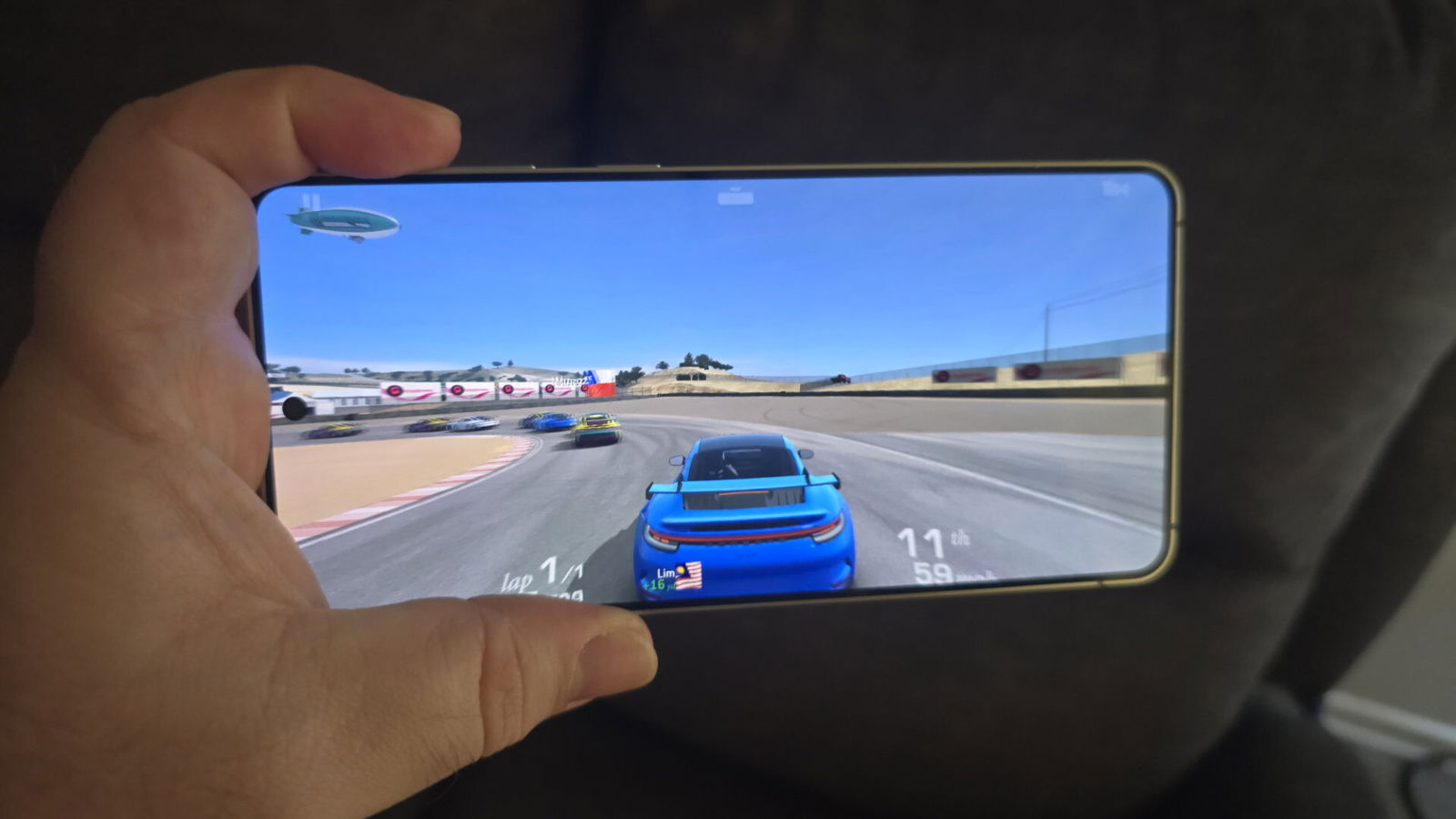
Naturally, the Samsung Galaxy S25 Edge comes loaded with the full suite of Samsung’s Galaxy AI and Google’s Gemini AI models, along with all the tools they include, such as AI translation, article and voice note summarization, and Circle to Search. It’s easily one of the best sets of AI tools available in a modern smartphone.
With an AnTuTu benchmark score of 2,055,465—featuring 467,392 for CPU and 808,491 for GPU—the Edge outperforms much of the competition, including even some of the beefier S25 models. While Geekbench 6 didn’t offer direct comparisons to the rest of the S25 series, the results significantly outpace the S24 line. The single-core CPU score of 3,125 compares favourably to the S24 Ultra’s 2,136, while the multi-core score of 9,911 beats the S24 Ultra’s 6,675. The GPU score of 19,024 also tops the S24+ (the highest scorer in that lineup) by nearly 4,000 points.
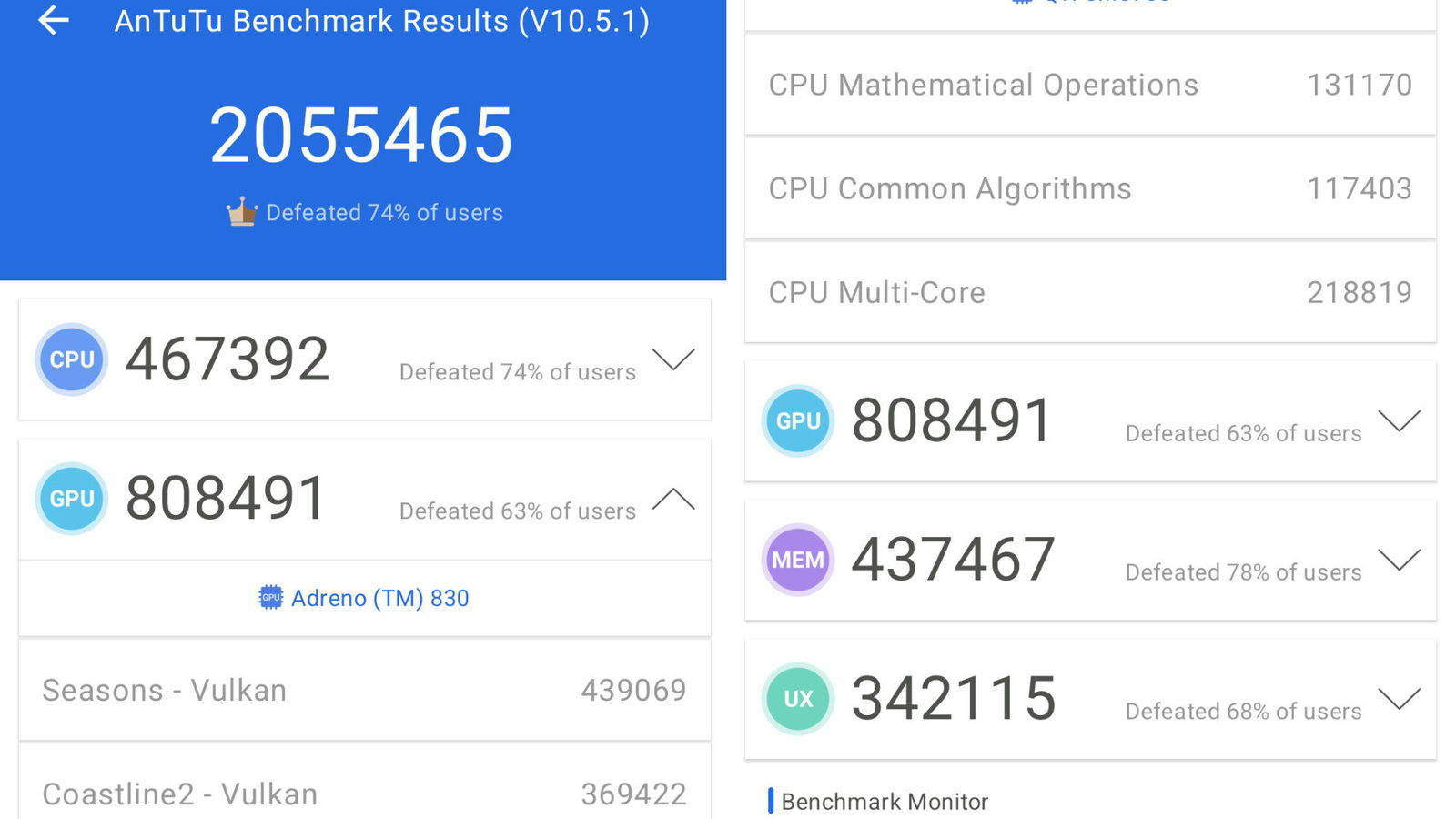
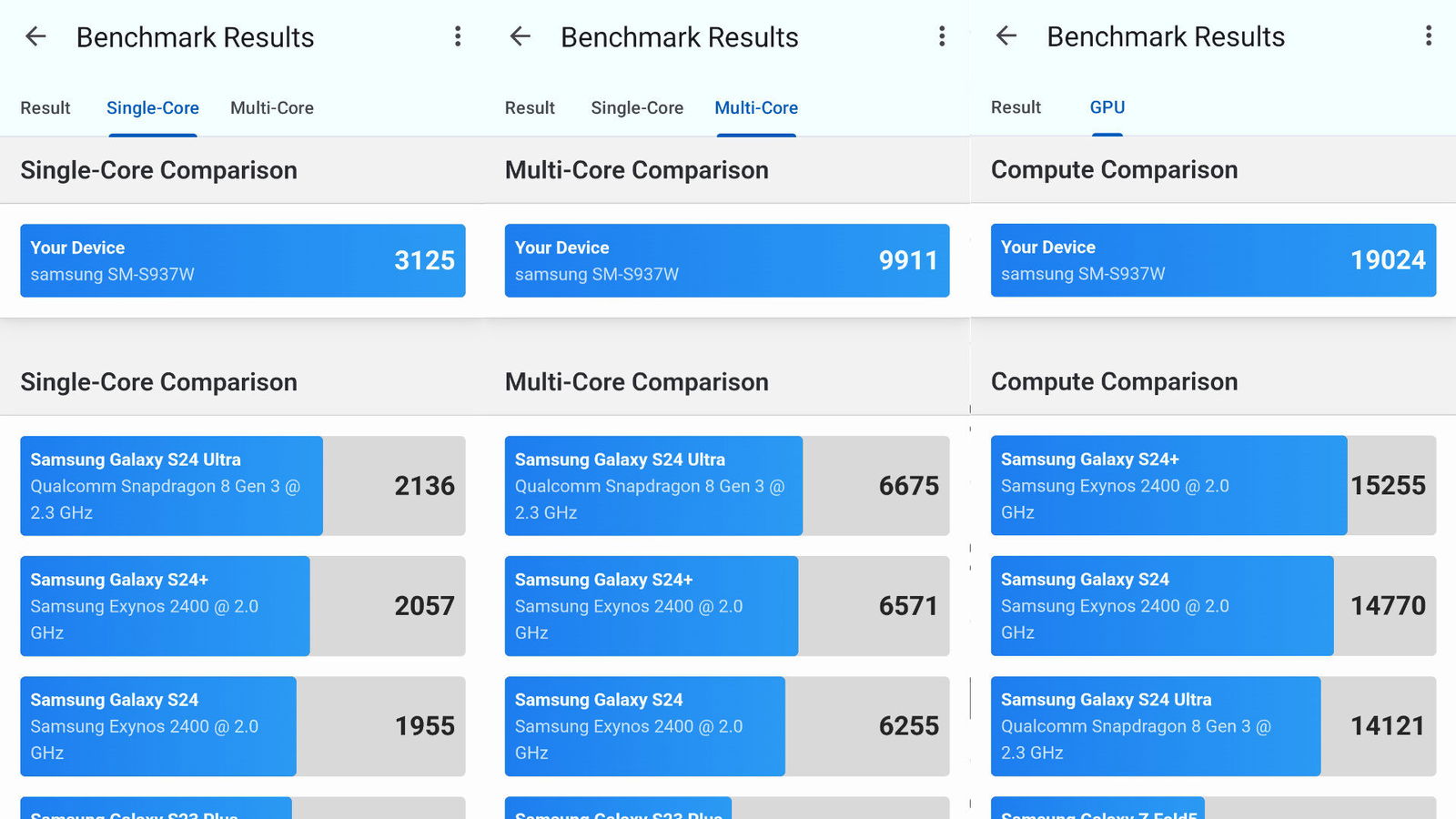
These scores provide a rough snapshot of performance, but what really matters is how that power feels in your hand—and here, the Galaxy S25 Edge excels. It’s lightning quick in response and buttery smooth when transitioning between apps, screens or animations. Running multiple apps simultaneously is no challenge; each one behaves as if it’s the only app on the phone. At this point, I can’t even say that about my S24 Ultra.
Priced at US$1,099.99 for the 256 GB version and US$1,219.99 for the 512 GB model, the Samsung Galaxy S25 Edge is only US$200 less than the same configurations of the Galaxy S25 Ultra. While those savings are nothing to dismiss, you’ll need to weigh what you gain and what you lose by opting for the Edge. On the one hand, you get a better main camera and improved frame rate support in some areas. On the other, you give up the telephoto lens, faster UFS storage, and a larger battery. For my needs, I’d spend the extra $200 and get it all.
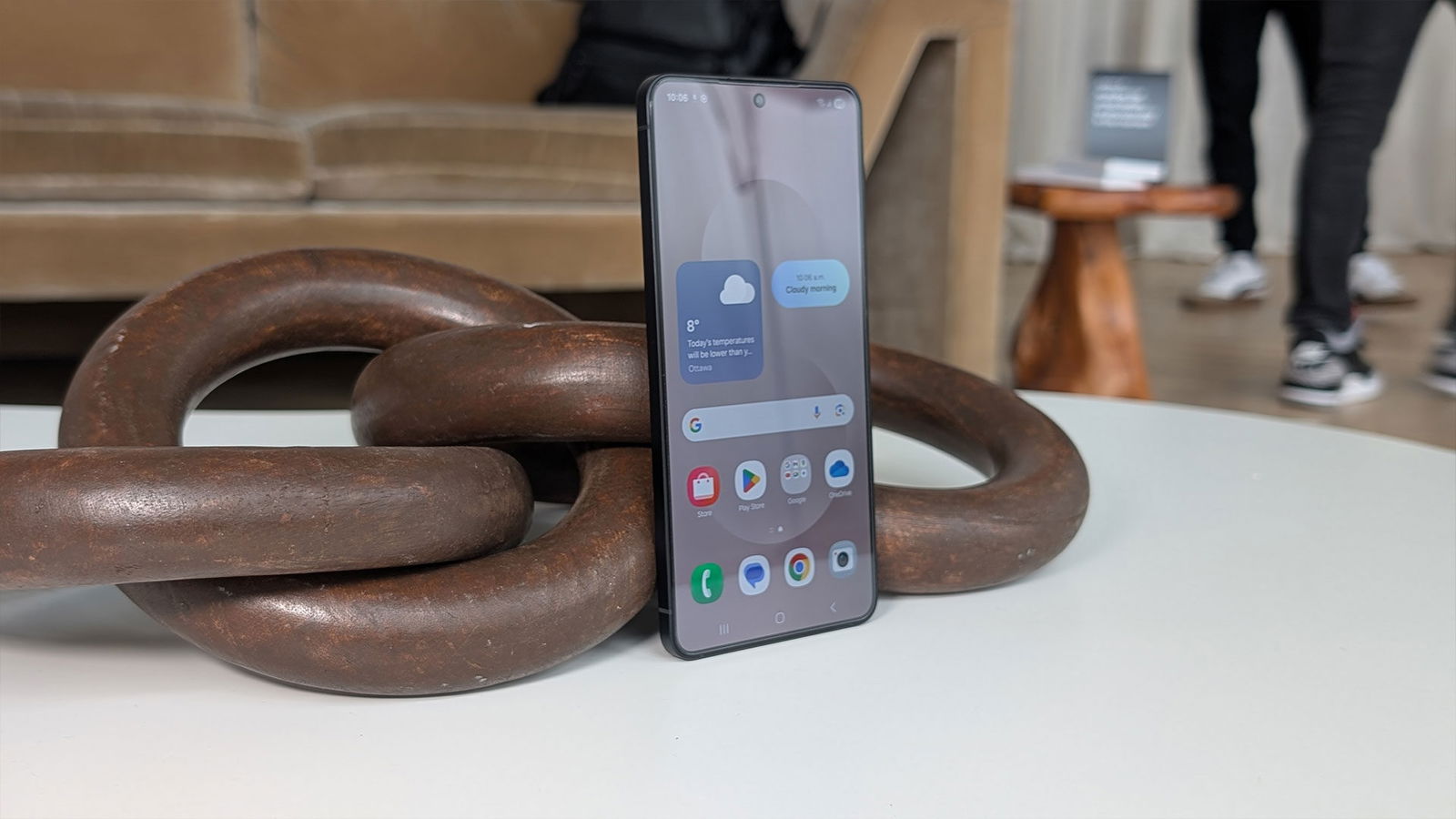
The person who will get the most out of the Samsung Galaxy S25 Edge is someone who wants a compact phone with plenty of performance. It’s for someone who values a great camera but doesn’t need the variety that a telephoto lens provides. It’s also for those who don’t plan to push their battery to the limit by shooting video or gaming all day. The S25 Edge offers a lot of upside—and no real downside—if you don’t miss what isn’t there.
